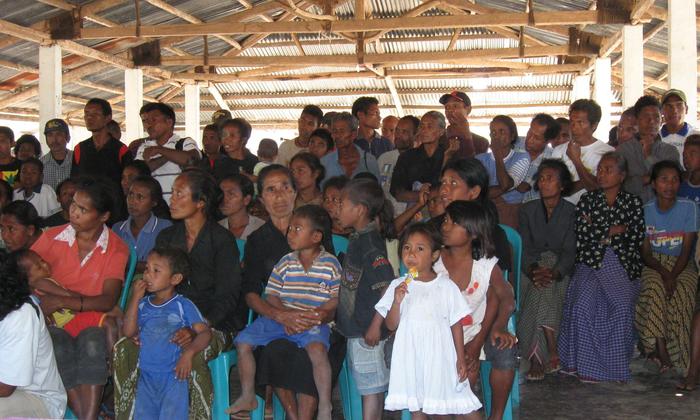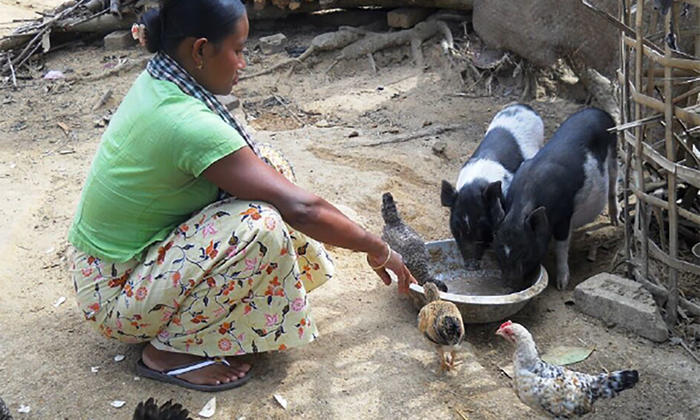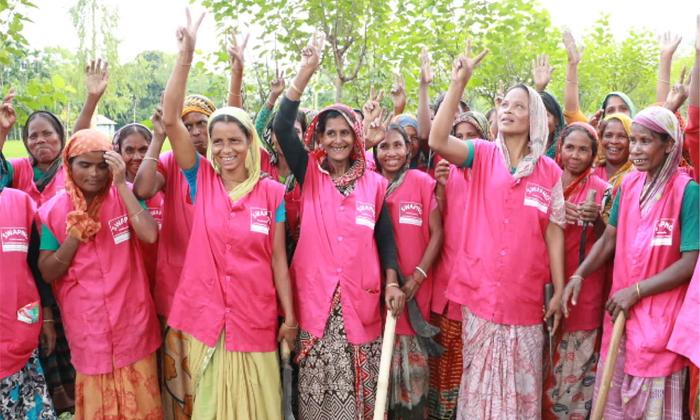Climate change adaptation requires that countries focus on three vital components: adopt a strategy, build capacity, and review existing policies, legislation and the governance framework
Case study
Strengthening capacity to adapt to climate change in Turkey
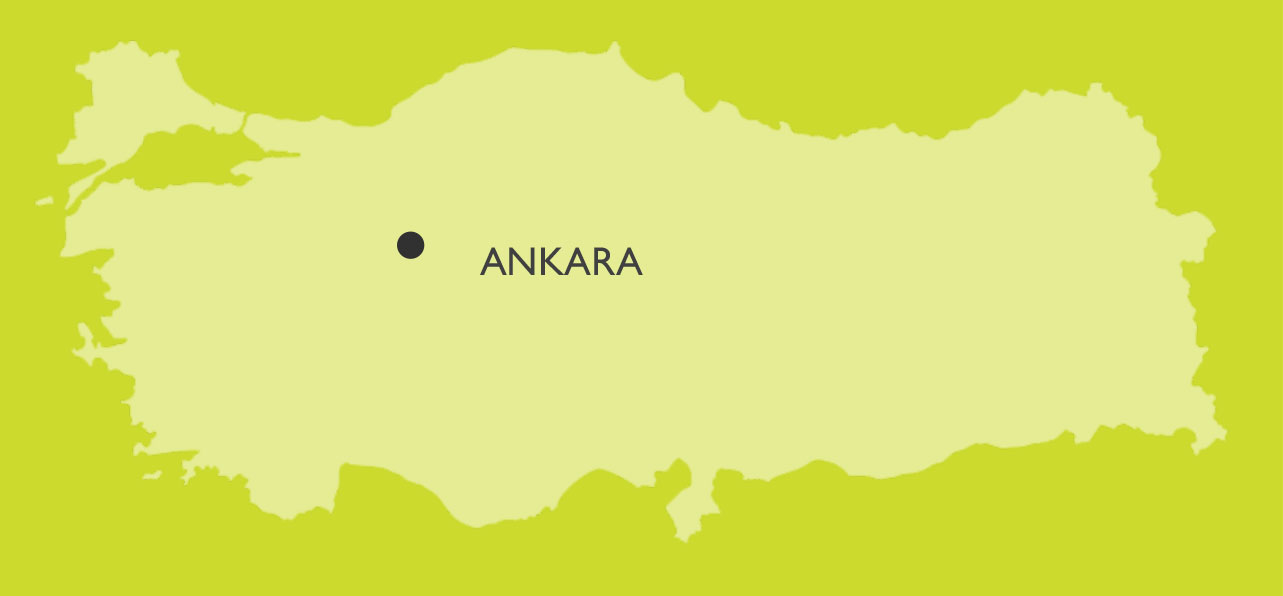
SDGs ADDRESSED
This case study is based on lessons from the joint programme, Enhancing the capacity of Turkey to adapt to climate change
Read more
Chapters
Project Partners
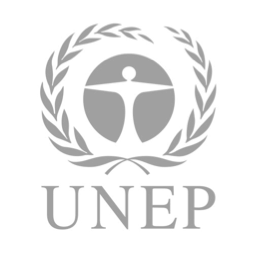



1. SUMMARY
Turkey experienced increased temperature and decreased precipitation due to the effects of climate change in the southern Mediterranean during the years preceding the start of the joint programme, “Enhancing the capacity of Turkey to adapt to climate change” (the Programme). Water availability for food production and rural development was limited, further exacerbating the social and regional disparities between the eastern and south-eastern provinces and the rest of the country.
The Programme developed national capacity for managing climate change risks for rural and coastal development in Turkey by:
- Mainstreaming climate change in the national development framework and reviewing the legal framework to support adaptation;
- Building capacity in national and regional institutions;
- Promoting pilot community-based adaptation projects, specifically in the Seyhan River Basin; and
- Integrating climate change adaptation into all UN agencies in Turkey.
2. THE SITUATION
Over 30 million people lived in coastal areas of Turkey, where infrastructure and agricultural land was vulnerable to sea level rise at approximately 4-8 mm per year, as measured by the Turkish National Sea Level Observation System.
In the Mediterranean coastal zones, increasing extraction of groundwater was lowering the water table and leading to seawater intrusion in most coastal aquifers. Turkish shorelines, particularly in the central and eastern Black Sea, the northern Aegean Sea, and the eastern Mediterranean Sea, were negatively affected by coastal erosion and flooding. It was evident that sea level rise would greatly aggravate these problems.
Natural disasters such as droughts, floods and landslides were also likely to increase in frequency as Turkey’s climate changed. Droughts were increasingly recognized as an impending national crisis. The Konya Soil and Water Resources Research Institute established a Drought Centre to improve drought predictions and to assist farmers in managing drought. Economic losses due to flooding and landslides as a proportion of GDP had historically been among the highest in Turkey compared to other countries in Europe and the Commonwealth of Independent States (CIS).
Strong adaptation measures were integral to ensure the achievement of Millennium Development Goals (MDGs) in Turkey, particularly MDG 1- eradicate extreme poverty and hunger, MDG 3- promote gender equality and empower women and MDG 7- ensure environmental sustainability. Due to the effects of climate change, reduced water availability in soils, rivers, dams, lakes and ground reserves threatened potentially devastating consequences for agricultural production. Decreased agricultural production would yield a reduction in food production, a reduction in the power and influence of rural women’s groups, and increased degradation of rural landscapes.
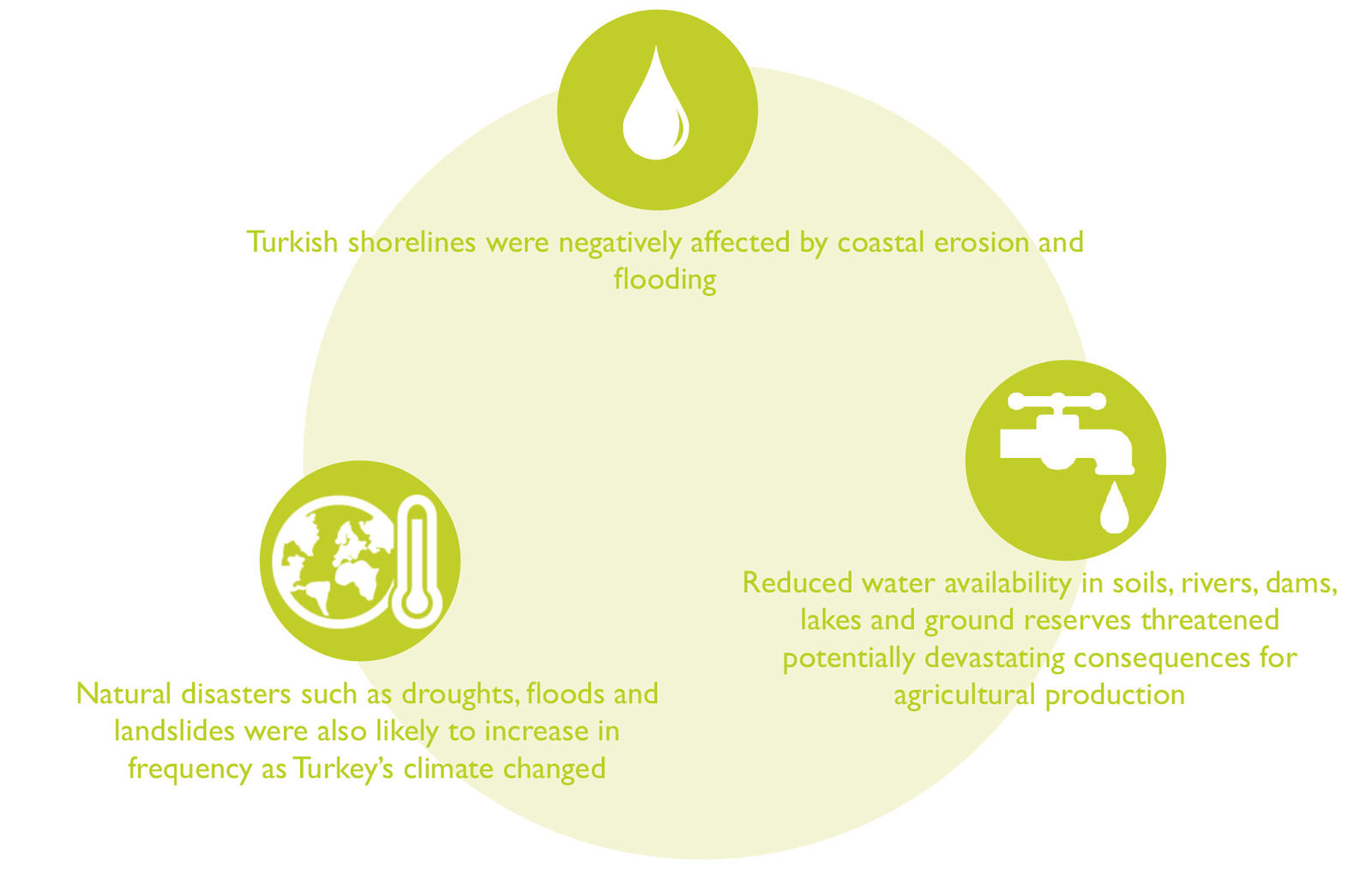
3. STRATEGY
Climate change adaptation requires that countries focus on three vital components: adopt a strategy (National Climate Change Adaptation Strategy and Action Plan1), build capacity, and review existing policies, legislation and the governance framework as part of their readiness to adapt to climate change impacts. In order to integrate climate change adaptation into national, regional and local policies within the framework of future sustainability targets, the Programme focused on three pillars:
- Policy
- The efficient use of current policies in the context of climate change adaptation
- The development of new policies and strategies
- Science
- Establishing tools that support adaptation efforts by using the best available technology and data
- Making information available at all levels of the community
- Implementation
- Realizing adaptation implementation from local to central levels at varying scales
- Monitoring and evaluating processes from economic, social and environmental aspects
Early on in the implementation of the Programme, it became apparent that the three different components of climate change adaptation would have to be integrated to ensure effective and sustainable results. The schedule for the delivery of the relevant outputs was revised and all three components were unified under one work plan. Thus, the development of Turkey’s National Climate Change Adaptation Strategy and Action Plan2 became the Programme’s core focus.
The Action Plan incorporated the findings of a needs-assessment as well as a review of existing legislation. Full political support, ownership, and integration were fundamental to successful and sustainable outcomes and were built into the Action Plan at the outset.
Subsequent to a thorough review of the status quo and an analysis of amendment options, the Programme made recommendations for possible changes to existing legislation to be implemented after the Programme’s close
1 http://wiki.mdgfund.net/images/3/3e/JP_Turkey_-_ECC_-_Turkey%E2%80%99s_National_Climate_Change_Adaptation_Strategy_and_Action_Plan_%28EN%29.pdf
2 Ibid
4. RESULTS AND IMPACT
The integrated approach that yielded a National Climate Change Adaptation Strategy and Action Plan took into account the participatory vulnerability assessment and the review of existing legislation. While the Programme’s interventions did not cover the implementation phase of the Action Plan, it set Turkey on course to make concerted efforts to adapt to climate change. Some of the achievements of the Programme were as follows:
- The Ministry of Environment and Forestry developed and endorsed the National Adaptation Strategy and Action Plan, while the Climate Change Coordination Board approved it.
- A capacity development programme was developed and trainings were held for government officials, civil society and universities. Topics included climate data analysis, carbon management and early warning and monitoring systems.
- The Middle East Technical University’s Continuing Education Centre and Earth Systems Science Department established a certificate programme to improve the knowledge of government and other institutional staff on climate change and environmental issues.
- Participatory vulnerability analysis workshops were organized in eleven provinces and the methodology was widely disseminated for replication.
- A National Cleaner Production and Eco-Efficiency Centre was established to promote efficient water use, help formulate strategic policies, and provide training and financial support. Consequently, six companies in the Seyhan river basin achieved water savings.
- Technical capacity for data management, analysis and interpretation was developed, helping to improve the quality of drought and flood early warning systems across Turkey. The capacity of government officials to respond to early warnings also improved.
- Approximately $1.9 million were distributed among eighteen community-based climate change adaptation projects in the Seyhan river basin; 55,000 people benefited or were contacted.
- A screening mechanism on climate change with a gender approach was agreed upon and established among UN agencies.

Clearing land for agriculture
5. CHALLENGES
Ensuring the sustainability of interventions was a challenge when dealing with government structures. Building relationships with academia, specialized NGOs, provincial directorates, regional development agencies and other relevant stakeholders at the institutional level was crucial, especially since staff turnover and lateral transfer were frequent in the government and NGOs. The 2011 national elections brought major restructuring of ministries. The Ministry of Environment and Forestry split to form two separate ministries: the Ministry of Environment and Urbanization and the Ministry of Forestry and Water Works.
The Programme had to request a no-cost extension in May 2011 to ensure the efficient delivery and successful completion of Programme activities. The extension created an opportunity for organising further dissemination events throughout Turkey to widely communicate outputs and impacts. This period allowed the Programme to effectively follow the approval process of the National Adaptation Strategy and Action Plan. Following the general elections, it also enabled the Programme to brief the newly delegated political decision-makers in order to upstream and secure climate change adaptation in Turkey’s development agenda.
The legislative review component required a deeper level of involvement, of all relevant stakeholders, than the initial project development phase. The interventions on the legislation and institutional framework required a high degree of political support. The Programme would have benefited from a stronger presence of Programme staff or expertise within the country to work in close contact with leading institutions.

6. LESSONS LEARNED
Programme staff learned that in order to facilitate sustainable outcomes, particularly when a project had a strong policy component, there was a need to integrate policy, legislation and capacity building to ensure that national stakeholders had full ownership of the Programme from its initial phase. It was also essential to fully integrate Programme activities and staff within the regular work of the main beneficiary institutions.
The Programme focused on policy and capacity development aspects of adaptation. This focus included several components specifically addressing the development of a national adaptation strategy, capacity building, and review of national legislation. During the initial phase of implementation, however, it was recognized that these various components had to be integrated to create a more effective and sustainable outcome and that the initially planned schedule had to be more flexible.

Tropical disease prevention clinic in the Seyhan river basin
To understand the complex relationships between climate, soil water, agriculture, livelihoods and health and to identify region-specific root causes of barriers to adaptation and possible site-specific adaptation opportunities, it was essential to analyse local conditions in a systematic and holistic way. This was necessary to develop a better understanding of complex structures and develop proper coping measures by decision makers. A systems thinking approach, applied in a participatory manner, had several benefits, such as identifying priority themes to be financially supported under the Community Based Adaptation Grants Programme as well as demonstrating to local experts and civil servants how to use this approach in their daily planning and decision making.

7. SUSTAINABILITY AND POTENTIAL FOR REPLICATION
There were two successful pilot-initiatives implemented by the Programme that could be considered highly sustainable and replicable: the Community Based Adaptation Grants Programme and the Eco-efficiency (Cleaner Production) Programme. Both initiatives financed projects implemented by the public sector, academia, government entities at local level, NGOs, schools, and industrial firms, which were permanent institutions in charge of ensuring continuity and sustainability of Programme results.
A documentary film titled “Journey to the Seyhan River basin” captured the lessons learned from all community-based grant projects within the Programme. The documentary was screened at every opportunity at conferences and meetings. The documentary was also broadcasted during primetime on IZ TV between February-December 2011, reaching more than 2,500,000 viewers.
Lessons from the implementation of the Programme can be applicable to other projects trying to implement similar activities. Full political support, ownership, presence, and integration are fundamental to sustainable outcomes. Therefore, these attributes must be carefully built into projects from the needs-assessment phase. The following suggestions consider what is needed to structure a successful project on policy issues:
- Creating mechanisms for integration of various components, especially of a policy nature, during project preparation and making such integration clear in a logical framework; ensuring that a certain degree of flexibility is kept to be able to adjust the methodology of implementation.
- Creating strong ownership by all crucial national actors for any interventions in the fields of policy, law and governance at the outset, through full integration of a wide range of national stakeholders in the needs assessment during the project preparation phase.
- Ensuring that all outcomes of the project are realistic, especially when it comes to legal review, such that the project does not include actual amendments but only recommendations for amendments.
- Securing full integration of project objectives, into the regular work of the institutions involved and into that of the project implementation team with the institutions involved.
- The physical presence of Programme staff on the ground is an important aspect of ensuring full integration within national priorities, flexibility in the implementation of the project and sustainability.




